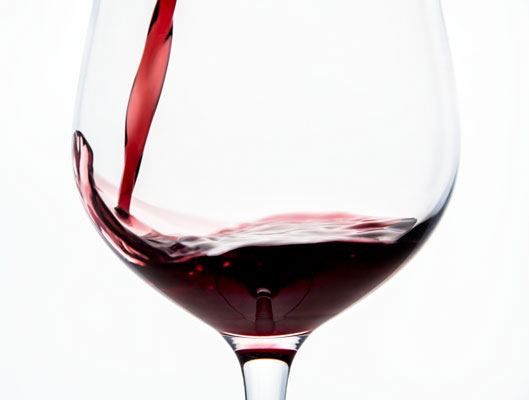Essential wine facts every enthusiast should know
It’s wine o’ clock somewhere so take out a glass of red wine and enjoy while learning some fascinating facts about it. Because when it comes to this classic alcoholic fruit drink every little detail counts. Whether you’re just scratching the surface or already know a thing or two, we’re hoping that our first 10 essential wine facts will be your warm-up to the connoisseur journey.
1. Drinking red wine in small doses is better for you than not drinking at all!
Several human trial studies have shown moderate red wine consumption to be better for you than not drinking at all. This is because the antioxidants found in red wine lower incidences of cardiovascular disease, mortality, and type-2 diabetes. Just make sure you dont’t drink more than you’re supposed to, otherwise the benefits are replaced by increased health risks. So, do yourself a favor, drink red wine in moderation.
2. Red wine’s health benefits come from tannin.
Almost everything in wine that’s not alcohol or water is a type of polyphenol. Polyphenols include tannin, color pigment, wine aromas, resveratrol, and about 5,000 other plant compounds. Of these polyphenols, the most abundant in wine for health reasons are Procyanidins, a type of condensed tannin that can also be found in green tea or dark chocolate. This compound is associated with inhibiting cholesterol plaque in blood vessels, which is very beneficial to heart health and longevity.
3. The color in red wine comes from the grape skins.
The color in wine comes from a plant pigment called anthocyanin, which is found in the skins of red grapes.
4. As red wines age, their color will lighten.
The color becomes less intense throughout time. Very old wines are pale and translucent.
5. Nearly all red wines are made from one single species of grape.
All of the most common red wines, including Merlot, Cabernet Sauvignon, and Pinot Noir are of just one species of grape: Vitis vinifera. Of course, there are other species used for wine (some 65-70 vitis species), but they are very rarely used for wine. Vitis vinifera is commonly considered the wine grape species. And surprisingly it didn’t originate in France but from Eastern Europe.
6. Red grapes are older than white wine grapes.
The yellow and green-colored grapes that produce white wines are thought to have originally come from a DNA mutation of red grapevines. This is a pretty convincing hypothesis, since Pinot Noir and Pinot Blanc share the same DNA.
7. Red wines commonly contain less sulfites than white wines.
In general, sulfite levels in red wines are lower than white wines. This is because red wines tend to be more chemically stable than white wines and do not degrade as quickly.
8. Red wines age longer than white wines.
Red wines contain color and tannin, which generally speaking, helps preserve them for greater lengths than white wines. People often call these traits in wine “structure” and use their presence as an indicator of how long a wine will age.
9. Red wine grapes can be made into white wine.
Because the color comes from grape skins (not the juice), it’s possible to make a white wine out of red grapes. The wine is made like white wine, without contact with the grape skins. This is more usual than one can imagine. For example, a Blanc de Noirs Champagne is a white sparkling wine made with Pinot Noir and Pinot Meunier red grapes.
10. Hundreds of aromas found in red wine come from just grapes.
All those aromas – berries, jam, herbs – found in a glass of red wine are derived from nothing more than fermented grapes and the aging wine in oak barrels. The good news: No flavor additives.



